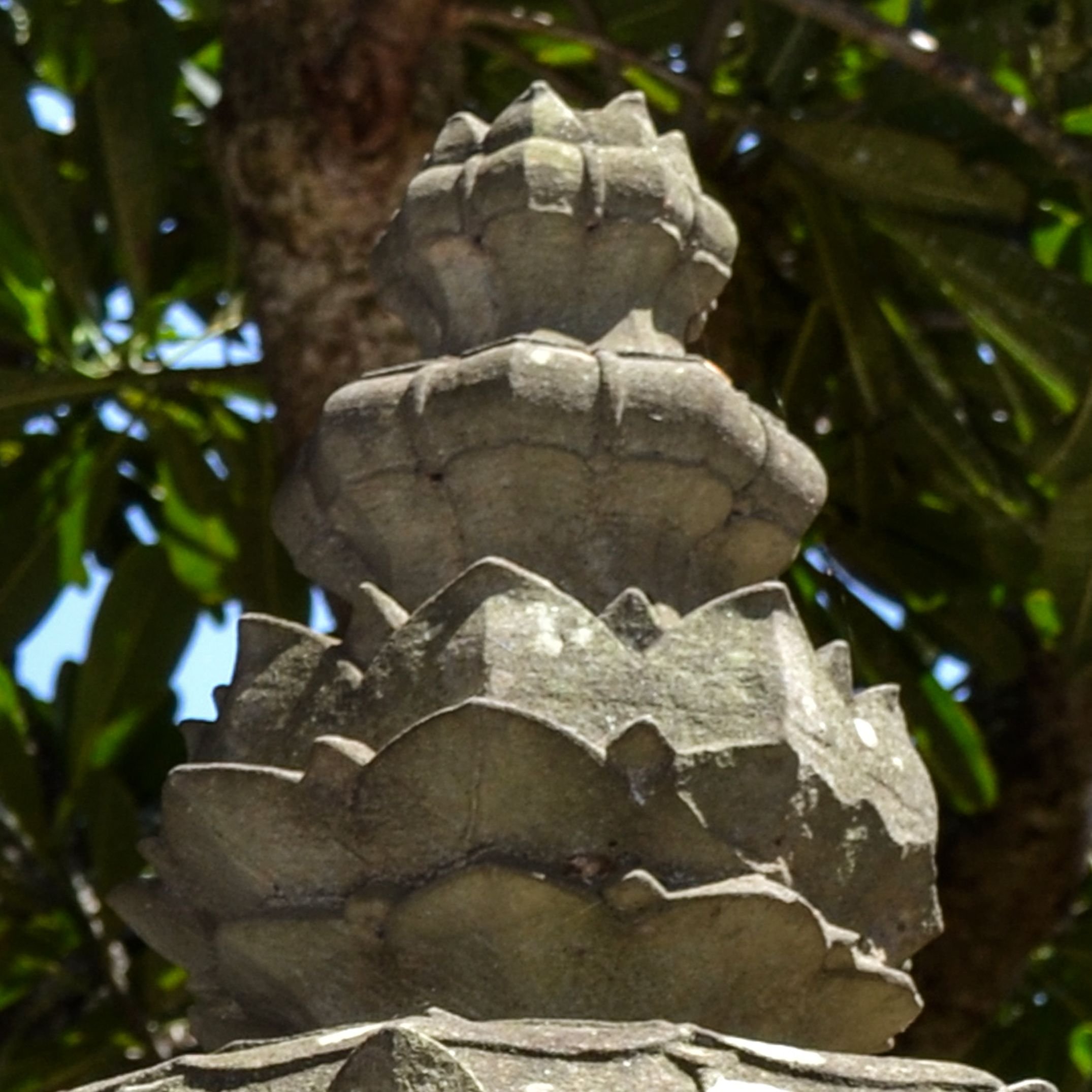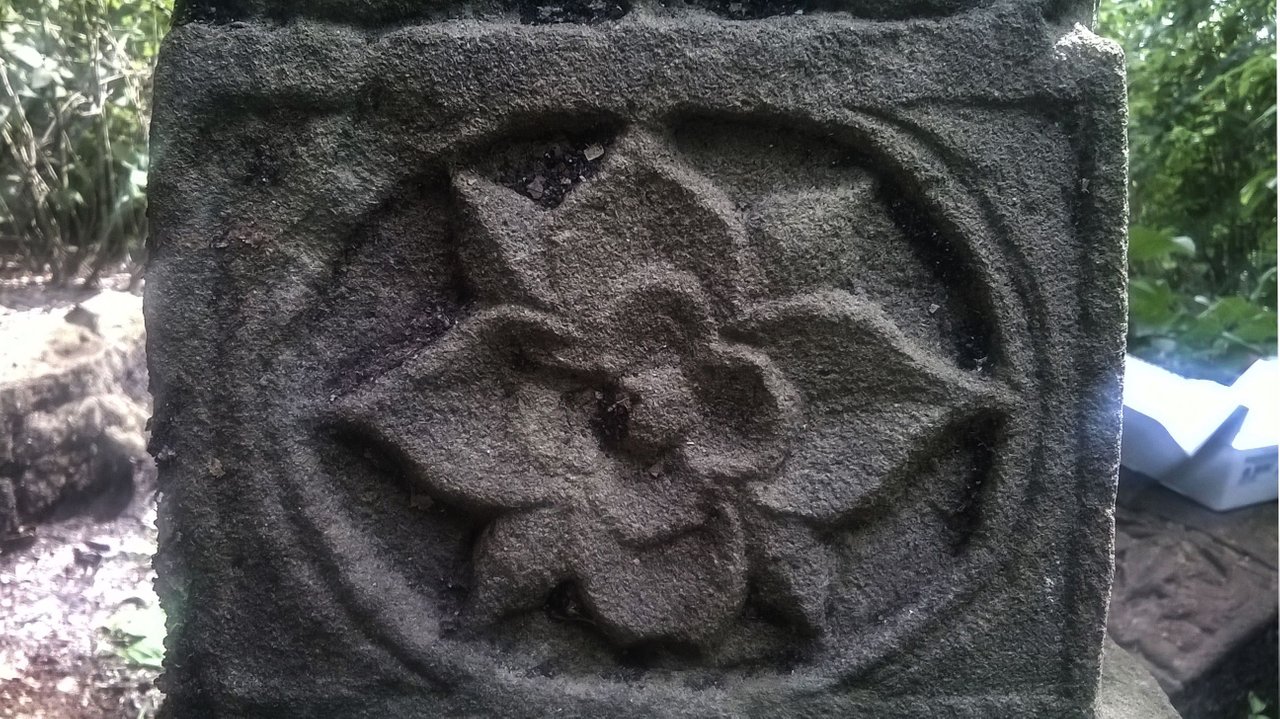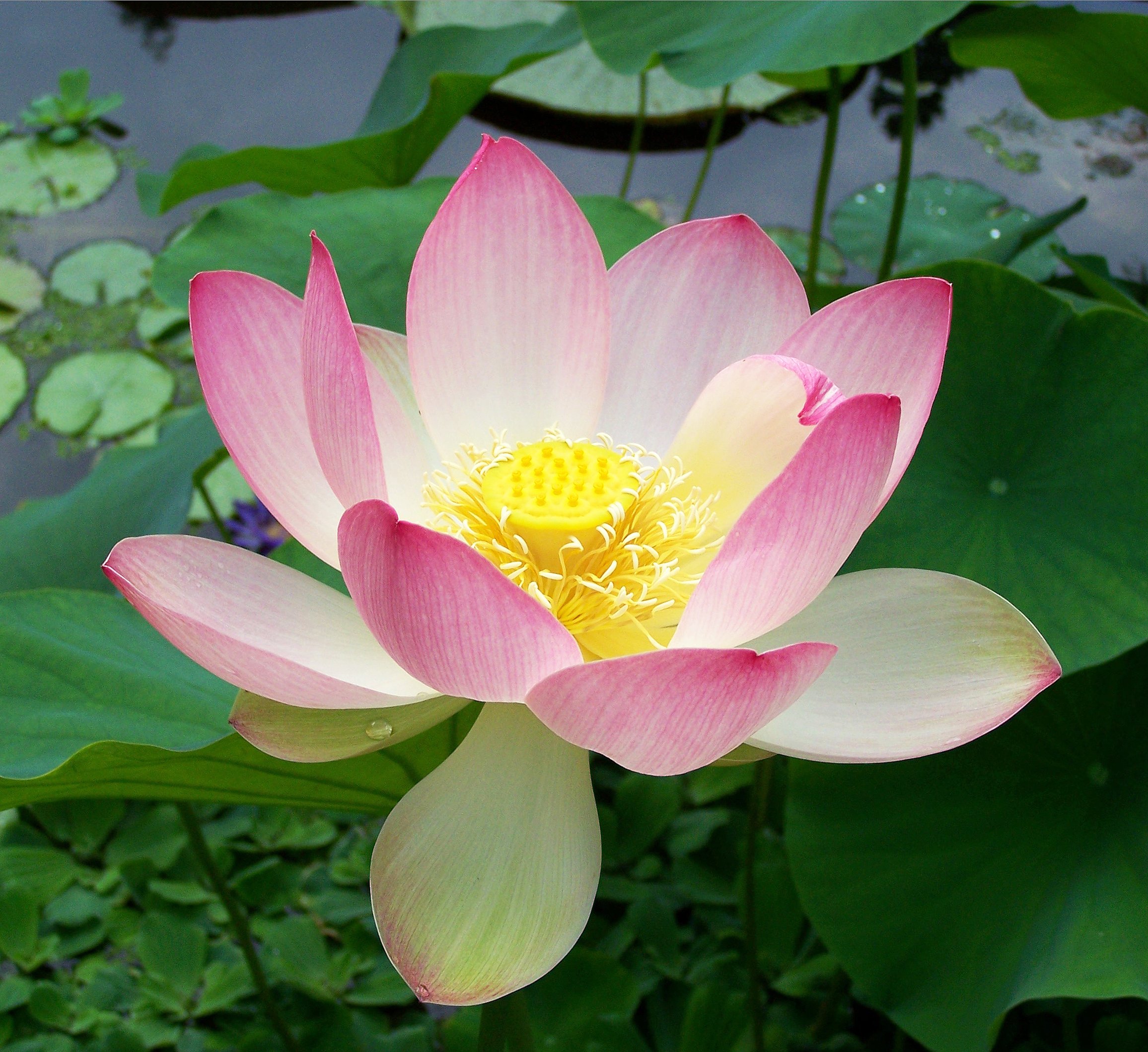
In general, lotus philosophy is a symbol of holiness, which means; even though he lives in the mud, but his holiness is preserved.
Lotus (Nelumbo nucifera), also known as Indian lotus, sacred lotus, bean of India, Egyptian bean or simply lotus, is one of two extant species of aquatic plant in the family Nelumbonaceae.
The Linnaean binomial Nelumbo nucifera (Gaertn.) is the currently recognized name for this species, which has been classified under the former names, Nelumbium speciosum (Willd.) and Nymphaea nelumbo, among others. (These names are obsolete synonyms and should be avoided in current works.) This plant is an aquatic perennial. Under favorable circumstances its seeds may remain viable for many years, with the oldest recorded lotus germination being from that of seeds 1,300 years old recovered from a dry lakebed in northeastern China. Read more : Wikipedia
There are some lotus ornaments in Aceh, which evolves over time. One of which is the Lotus ornament that we found in the hills of Lamreh, but maybe this is also a rosette ornament, because the motive is almost the same.

And now let's see one of Lotus, a typical Hindu temple motive, in red sandstone in India

The shape is very similar, with four core buds, and this being a comparison that, this possibility is a lotus, and this pattern of ornaments is found in the tomb of the Lamuri Sultanate, in the 13-14 century AD.
Whereas for the period of 17-18 century AD, it's very different, one of which is a carving on the headstone of Sultan Mansyur Syah, (died 1869 AD), 4 years before the Dutch attacked the Kingdom of Aceh Darussalam in 1873 AD.



